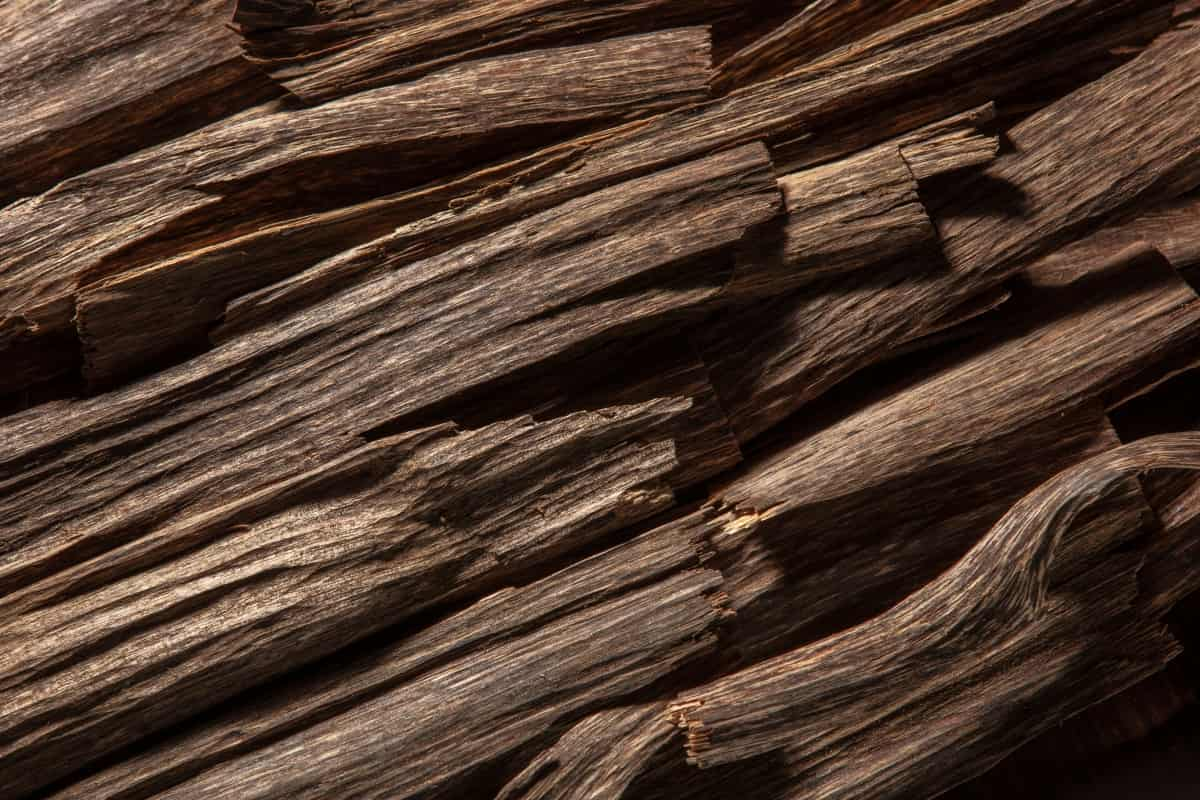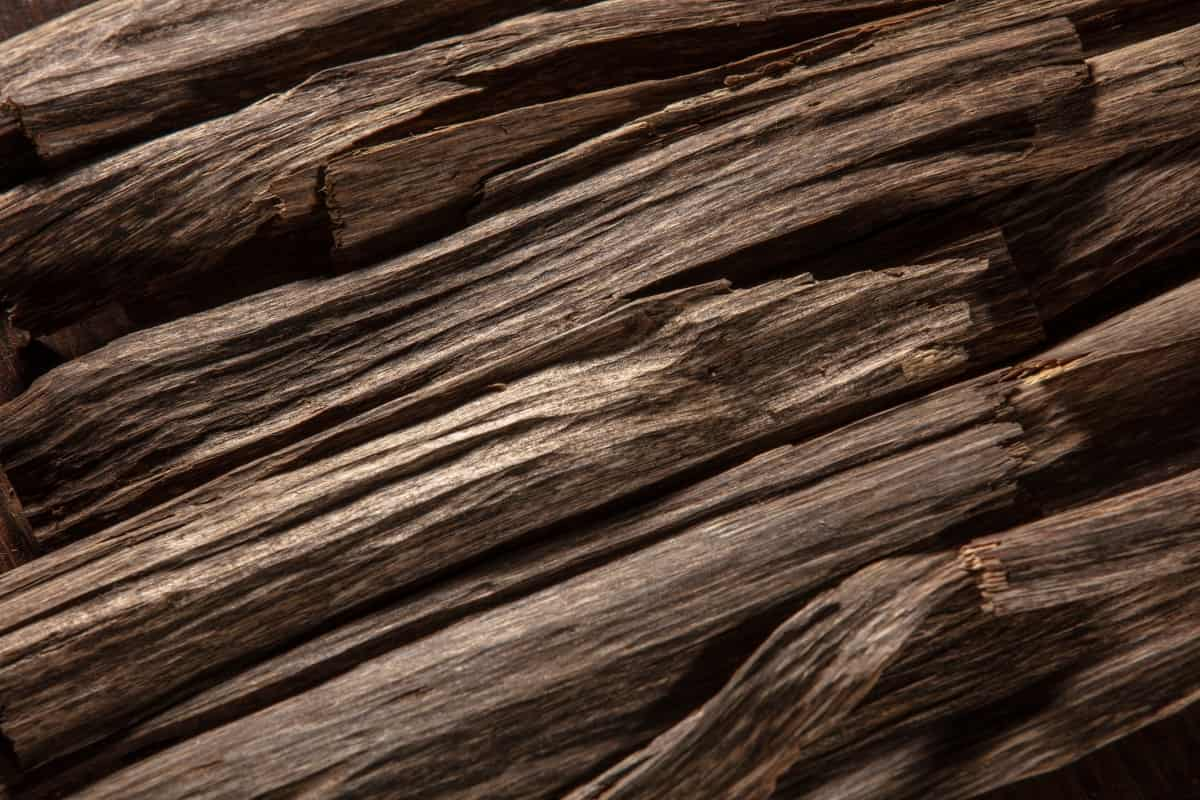Agarwood, known for its fragrant heartwood, is a lucrative crop in the agricultural sector. A detailed 1-Acre agarwood tree farming project report highlights the potential profits and costs involved in this venture. The key aspects, such as how many agarwood trees per acre, agarwood plantation method, and agarwood profit per acre, form the cornerstone of planning and executing a successful agarwood farming project. With the high value of agarwood in the market, understanding the intricacies of cultivation and market dynamics is crucial for farmers and investors looking to capitalize on this opportunity.

1-Acre Agarwood Tree Farming Project Report
Understand the Market of Agarwood
The market of agarwood, a highly valuable resinous wood, is driven by its use in perfumery, incense, and traditional medicine. Recognizing market trends and consumer preferences is vital for success in agarwood farming. The demand for agarwood is primarily in Middle Eastern countries, China, and Japan, with a growing interest in Western markets.
As a luxury product, its market is somewhat immune to economic fluctuations, maintaining a high price point. Understanding these market dynamics helps farmers and investors make informed decisions about cultivation methods, the scale of operation, and targeted marketing strategies to tap into the lucrative agarwood market effectively.
How to Increase Agarwood Yield and Quality
To increase agarwood yield and quality, farmers must focus on optimal plantation methods and tree care. The key is to create conditions that induce the formation of the valuable agarwood resin. Techniques such as systematic wounding of the tree, using chemical inoculation, or natural infection methods can stimulate resin production.
Regular monitoring and maintenance, including proper irrigation, pest control, and pruning, play a crucial role in enhancing the quality and quantity of agarwood. Additionally, selecting high-quality saplings and ensuring good soil conditions contribute significantly to the yield. The goal is to maximize the production of high-quality agarwood, which fetches a premium price in the market.
Agarwood Tree Growing Time
The growing time for agarwood trees is an essential factor in planning the cultivation cycle. Typically, it takes about 7 to 10 years for an agarwood tree to mature and start producing the valuable resin. This long growth period requires farmers to be patient and have a long-term perspective.
During this time, proper care and management of the trees are crucial for optimal growth and resin production. The waiting period, though lengthy, can lead to significant profits due to the high value of agarwood in the market. Farmers should plan their financial and operational activities considering this growth timeline to ensure sustainability and profitability in the long run.
Agarwood Tree Price Per Kg: INR 30,000 to INR 1,00,000 (Based on Quality and Market)
The price of agarwood can vary widely, ranging from INR 30,000 to INR 1,00,000 per kilogram, depending on its quality and market demand. The highest quality agarwood, known for its rich aroma and oil content, commands top prices. Factors influencing the price include the age of the tree, the richness of the resin, and the geographical origin.
The price variation reflects the varying grades of agarwood available in the market, with the highest grades used in luxury perfumes and high-end incense. Farmers and investors should aim to produce superior quality agarwood to capitalize on the higher end of the market spectrum, ensuring maximum profitability.
Number of Agarwood Trees Per Acre: 400 to 600 Saplings
When planning an agarwood plantation, a critical consideration is the number of trees per acre. Typically, an acre of land can accommodate about 400 to 600 agarwood saplings. This density ensures adequate space for each tree to grow and develop, which is crucial for the formation of high-quality resin. Planting density should be carefully planned to optimize land use while ensuring each tree receives sufficient nutrients, sunlight, and care. This balance is key to achieving a high yield of quality agarwood from each acre of plantation.
In case you missed it: How to Grow Agarwood Tree from Seeds: Planting, Spacing, Pruning, Fertilizing, and Yield

Agarwood Tree Varieties and Cultivars
Choosing the right varieties and cultivars of agarwood trees is crucial for a successful plantation. There are several varieties of agarwood trees, each with its characteristics and resin quality. Some varieties are more suited to certain climates and soil types than others. Selecting the right variety can significantly impact the quantity and quality of agarwood produced. It’s important to research and select varieties that are known for their high resin content and adaptability to the local climate and soil conditions.
Market preferences can also influence the choice of variety, as some varieties may be more in demand in certain markets than others. By selecting the appropriate varieties and cultivars, farmers can optimize their agarwood production for both quantity and quality, aligning with market demands.
Agarwood Tree Yield: About 5kg Per Tree Or 2000 to 3000 Kg Per Acre
The yield of agarwood trees is a crucial factor in determining the profitability of the plantation. On average, a mature agarwood tree can yield about 5kg of resinous wood. This figure, however, can vary based on several factors such as the tree’s age, the method of resin induction, and overall tree health. Considering a plantation density of 400 to 600 trees per acre, a well-managed agarwood farm can produce approximately 2000 to 3000 kg of agarwood per acre.
These yield figures are essential for financial planning and forecasting the potential returns from the agarwood plantation. It is also important to note that the quality of agarwood produced can significantly influence the total revenue, as higher-quality agarwood commands a much higher price in the market.
Marketing and Financial Analysis of Agarwood Tree Farming
Marketing and financial analysis are critical components of a successful agarwood tree farming business. In terms of marketing, understanding the target market, establishing connections with buyers, and developing a brand are key. The primary markets for agarwood are in the Middle East, East Asia, and increasingly in Western countries. Effective marketing strategies could involve attending trade shows, online marketing, and building relationships with fragrance companies and incense makers.
Financial analysis involves calculating the initial investment for land preparation, saplings, maintenance, and labor. It’s also important to factor in the long growth period of agarwood trees, during which there will be no immediate income. A detailed financial plan should include projected costs, expected yield, potential market price, and the break-even point. The high price of agarwood can result in substantial profits, but it requires a significant initial investment and patience.
Agarwood Cultivation Profit Per Acre: Economics and Project Report
Initial Investment
- Land Cost: Ranges from INR 5 lakhs to INR 50 lakhs per acre, varying with location and quality.
- Saplings: Costs INR 300 to INR 500 each, with 400 to 600 saplings needed per acre, totaling INR 1,20,000 to INR 3,00,000.
Cultivation Costs
- Fertilizers and Pesticides: Annually, it costs about INR 20,000 to INR 30,000 per acre.
- Irrigation: Annual irrigation expenses vary from INR 50,000 to INR 1 lakh per acre.
Maintenance Costs
- Labor: Annual labor costs for pruning, weeding, and harvesting range between INR 1.5 lakhs and INR 2.5 lakhs per acre.
- Miscellaneous Expenses: Equipment maintenance, land lease, and administrative costs add up to INR 50,000 to INR 1 lakh annually.
Harvesting and Processing Costs
- Harvesting: Costs range from INR 50,000 to INR 1 lakh per acre, depending on the method.
- Processing: Additional expenses for processing agarwood products like oils are about INR 2 lakhs to INR 3 lakhs per acre.
Potential Profits
- Agarwood Yield: High-quality agarwood sells for INR 20,000 to INR 30,000 per kilogram.
- Profit Margin: With effective management, profits can range from INR 10 lakhs to INR 20 lakhs per acre during the harvest period.
In case you missed it: 1-Acre Blackcurrant Farming Project Report: Economics for Profit and Cost

Conclusion
Agarwood tree farming presents a unique and profitable venture for those willing to invest time and resources. With an initial investment that covers land acquisition, saplings, and cultivation costs, combined with ongoing expenses for maintenance, irrigation, and processing, it requires a significant upfront commitment.
Note: The images presented in this post are intended solely for representation purposes. The images are meant to serve as visual aids and should not be relied upon as accurate representations of their real-life counterparts.
- Feed Your Flock for Less: Top 10 Tips to Save on Chicken Feed
- Ultimate Guide to Ossabaw Island Hog: Breeding, Raising, Diet, and Care
- Hatching Answers: The Top 10 Reasons Your Chickens Aren’t Laying Eggs
- Eggs and Economics: Breaking Down the Cost of Raising Backyard Chickens
- Defend Your Greens: Proven Methods to Keep Iguanas Out of Your Garden
- Ultimate Guide to Cinnamon Queen Chicken: A Comprehensive Guide for Beginners
- Ultimate Guide to California Tan Chicken: Breeding, Raising, Diet, Egg-Production and Care
- Ultimate Guide to Marsh Daisy Chicken: Breeding, Raising, Diet, and Care
- 10 Types of Chicken Farming Businesses You Can Start for Profits